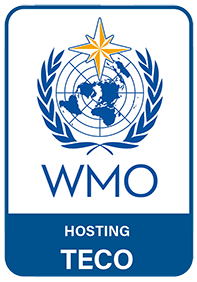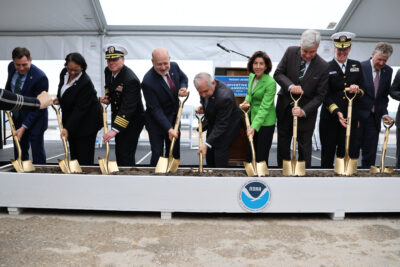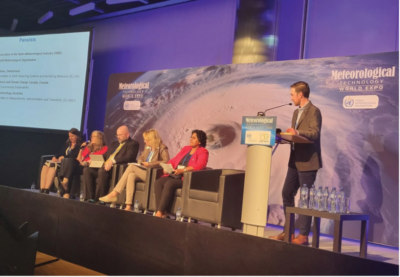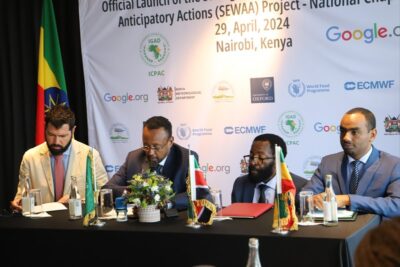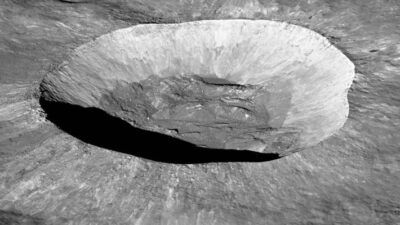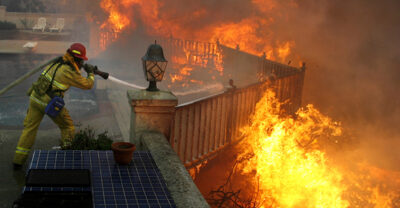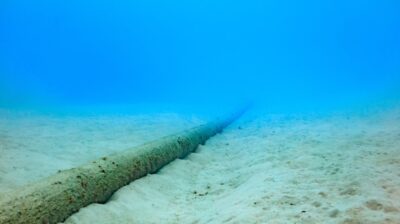Industry News
NOAA breaks ground on US$147m Marine Operations Center in Rhode Island
The Department of Commerce’s National Oceanic and Atmospheric Administration (NOAA) broke ground for a facility on Naval Station Newport in Rhode Island that will serve as the future home of the NOAA Marine Operations Center-Atlantic.
Marine Operations Center Facility
In December 2023, the US Navy, on behalf of NOAA, awarded US$147m to Skanska USA to build the new facility. Its design and construction is partly funded by the Inflation Reduction Act, the largest climate investment in history, as part of President Biden’s Investing in America agenda.
The facility will include a pier to accommodate four large vessels, a floating dock for smaller vessels, space for vessel repairs and parking and a building to be used for shoreside support and as a warehouse.
CREWS Initiative grants US$7m to early warning systems project in the Caribbean
The Climate Risk and Early Warning Systems (CREWS) Initiative has granted US$7m in funding for a new three-year multi-hazard early warning systems (EWS) project in the Caribbean region.
According to the CREWS team, the Caribbean is the second-most disaster-prone region in the world and is highly exposed to natural hazards such as hurricanes and tropical storms, floods, landslides and storm surges.
CREWS Caribbean 2.0 project
The CREWS Caribbean 2.0 project will build on a recently completed project to continue strengthening early warning systems in the region. The project will be led by WMO and UNDRR, and implemented under the leadership of regional organizations including the Caribbean Meteorological Organization (CMO), the Caribbean Disaster Emergency Management Agency (CDEMA), and the Caribbean Institute for Meteorology and Hydrology (CIMH).
EXCLUSIVE FEATURE: How is the WMO developing more environmentally sustainable observing systems?
The WMO shares its work to date on the development of more environmentally sustainable observing systems and methods for the global meteorological and hydrological sectors.
Despite the importance of weather data collection in assessing the environmental impacts of climate change, the technologies and practices used to collect it can have a negative effect on the environment. Issues can be found across the lifecycle of technologies, practices and standards, including energy consumption and waste generation. Concerns about this were first raised by the WMO in 2021, when the organization ratified the Global Basic Observing Network (GBON) technical regulation and representatives from the Meteorological Service of Canada (MSC) noted that the regulation didn’t address the potential environmental impacts of increased observational sites.
ICPAC, United Nations and Google.org implement early warning systems project in Eastern Africa
The United Nations World Food Programme (WFP) has given the IGAD Climate Prediction and Applications Centre (ICPAC) financial support for the implementation of the “Strengthening Early Warning Systems for Anticipatory Actions” project.
Plan of action
Initially, the project will focus on pilot implementations in Ethiopia and Kenya, with the lessons learned informing the scaling-up of initiatives across the region. Ultimately, the goal is to ensure that vulnerable communities throughout the IGAD region have access to life-saving early warning information and that they can take timely action in the face of impending disasters.
Machine learning and artificial intelligence
This initiative, aimed at leveraging machine learning (ML) to enhance early warning information systems (EWS), marks a collaborative effort involving weather and climate research institutions, a university and a humanitarian organization.
Caltech develops new type of seismic sensor to detect moonquakes
A Caltech study has demonstrated that an emerging new seismological technology called distributed acoustic sensing (DAS) would be able to measure lunar quakes with unprecedented precision.
The research study was led by Qiushi Zhai, postdoctoral scholar research associate in geophysics at Caltech, and has been published in the Assessing the feasibility of Distributed Acoustic Sensing (DAS) for moonquake detection paper in the journal Earth and Planetary Science Letters.
Funding was provided by the National Science Foundation, the USGS, the Gordon and Betty Moore Foundation, and the Braun Trust. Caltech manages JPL for NASA.
Fires pose growing worldwide threat to wildland-urban interface, NSF NCAR finds
Scientists at the US National Science Foundation National Center for Atmospheric Research (NSF NCAR) have found that fires that blaze through the wildland-urban interface (WUI) are becoming more common around the globe – a trend that is likely to continue for at least the next two decades. Funding for the research came from the NOAA. The study was published in Environmental Research Letters.
Wildland-urban interface
The research team used satellite observations and machine learning (ML) techniques to produce a unique database of WUI areas and fires worldwide, dating back about two decades. The research found that the overall number of all fires worldwide has declined, as has the total area burned.
KIT researchers find seismological evidence for a multi-fault network at the subduction interface
According to Karlsruhe Institute of Technology (KIT) Researchers’ latest earthquake risk research, the concept of a strong single earthquake at subduction interfaces might be “obsolete”.
The scientists looked at the earthquake model which sees one tectonic plate slide underneath another tectonic plate, where strong earthquakes result frequently. For example, the severe earthquake off the coast of Taiwan in early April 2024 also took place at such a subduction interface.
Published in Nature, the study has suggested that earthquakes of this type may be a series of ruptures in a multi-fault network rather than a single rupture.
NPL to test undersea cable earthquake detection technique in Pacific Ocean
Scientists from the National Physical Laboratory (NPL) and the Measurement Standards Laboratory (MSL) in New Zealand are set to carry out what they state to be the first ever optical interferometry-based earthquake sensing tests in the Pacific Ocean.
Optical interferometry-based earthquake sensing
By performing ultra-sensitive optical measurements, scientists from the two laboratories will “convert” a seafloor cable extending offshore New Zealand into an array of sensors for earthquakes and ocean currents. These tests are intended to lay the foundation for investigating the potential use of existing seafloor cables as detectors for tsunami early warning systems.
The technique was first used by NPL in 2021 and derived from techniques used for quantum science.

